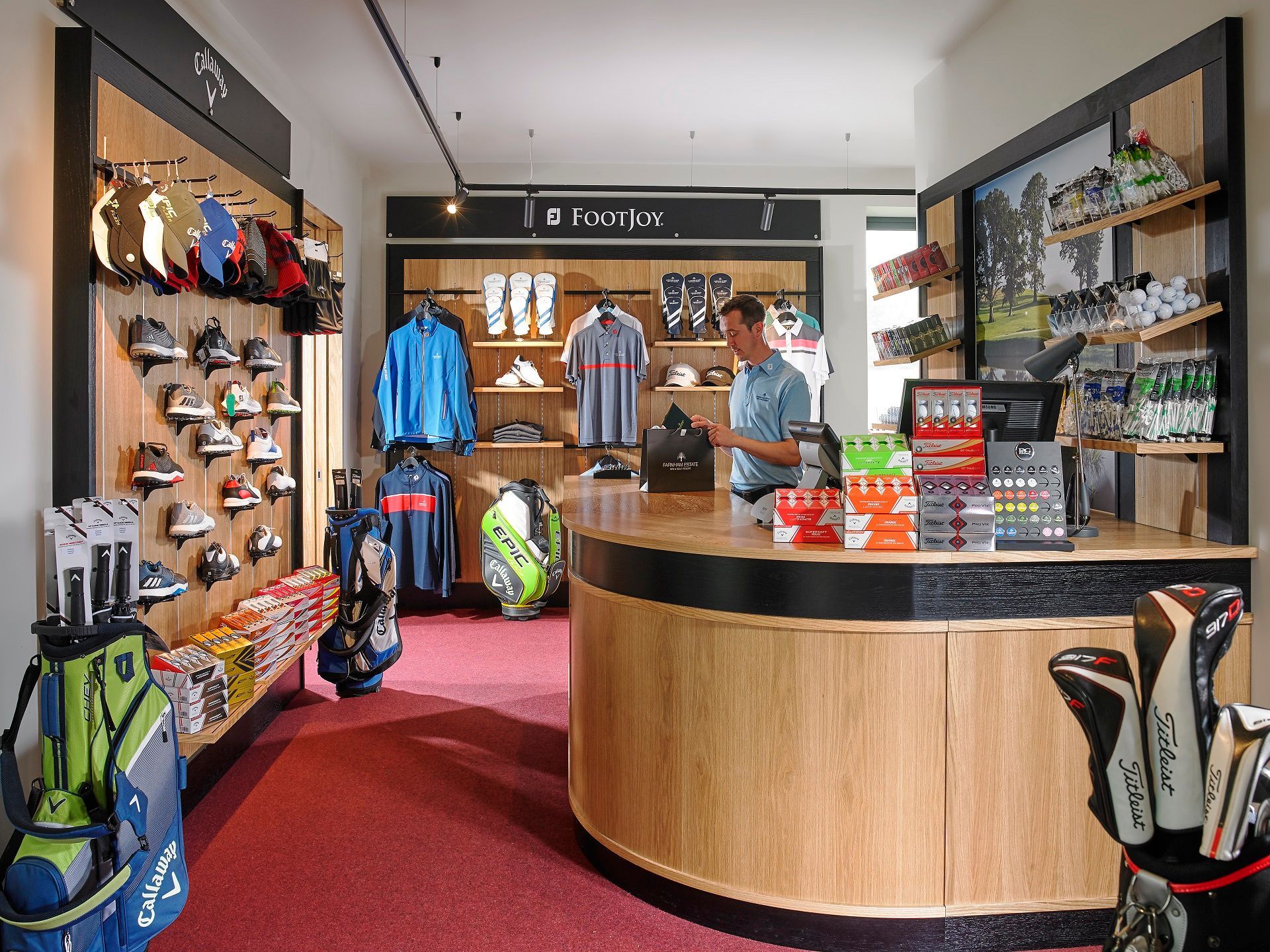July 16, 2025
The Link Between Technology Adoption and Member Growth

How Embracing Digital Tools Can Boost Membership, Engagement, and Retention at Your Golf Club
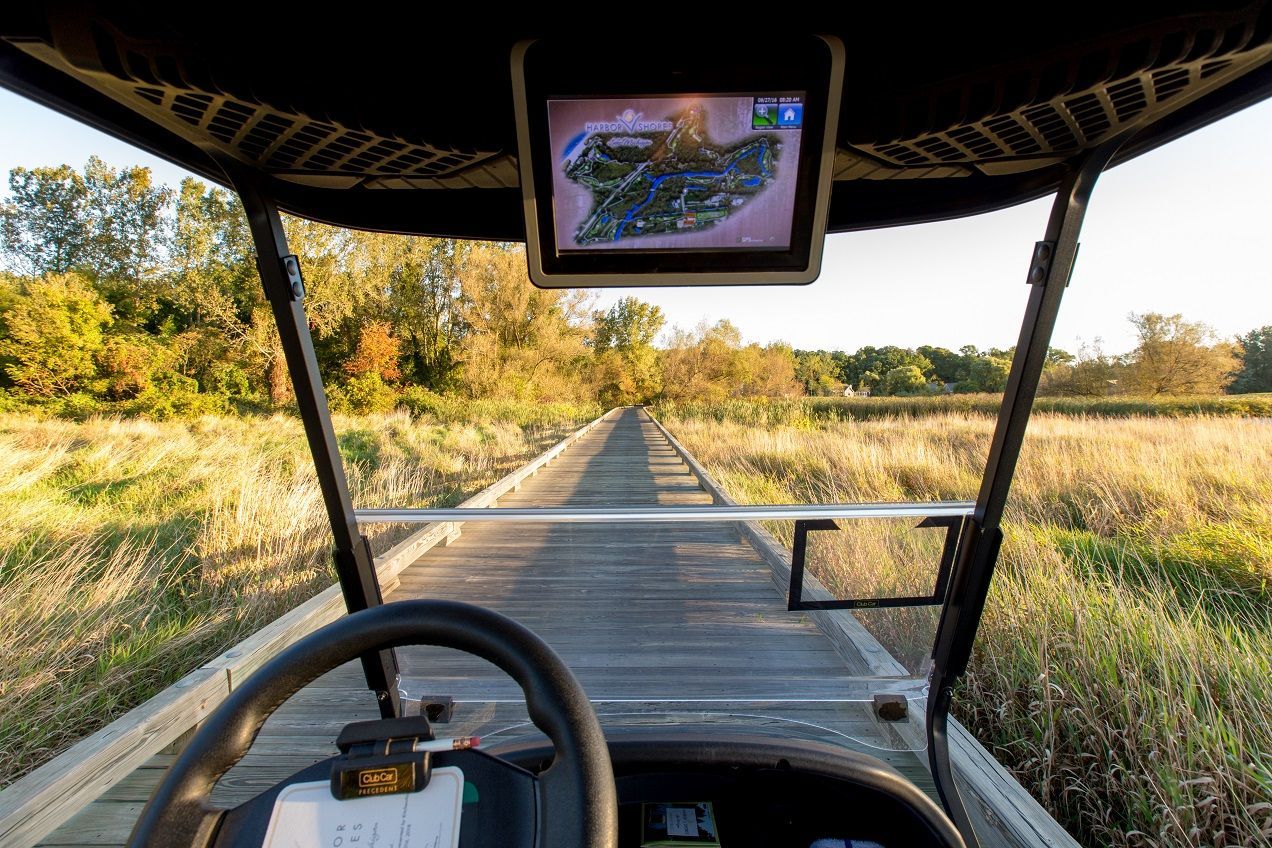
Tech-equipped carts at The Golf Club at Harbor Shores enhance the on-course experience in Benton Harbor, Michigan.
A New Era for Golf Clubs
Golf clubs today face challenges that didn't exist just a decade ago. From shifting member expectations to increased competition and rising operational costs, it’s clear that the game—and the business behind it—has changed. Clubs that once thrived on reputation and word-of-mouth are now expected to deliver seamless, modern experiences both on and off the course.
The demand for digital solutions is no longer a trend—it's a necessity. Technology enables golf clubs to stay competitive by improving efficiency, enhancing the member experience, and offering convenience that today’s players have come to expect. Whether it’s simplifying tee time booking, automating billing, or using analytics to guide decisions, tech adoption plays a direct role in member growth.
More than ever, the clubs embracing technology are the ones seeing measurable results. They’re attracting younger members, improving retention, and reducing friction in daily operations. This article explores exactly how technology influences member growth and why the right digital tools are crucial for future success.
Understanding Today’s Golfers and Their Expectations
Today’s golfers—especially younger generations—expect more than just a well-maintained course. They value convenience, flexibility, personalization, and digital accessibility. They’re used to managing their lives via apps, and they expect their golf experience to fit into that ecosystem. This shift means clubs must rethink how they deliver services.
In the past, booking a tee time by phone during business hours was standard. Now, members want to schedule rounds in seconds from their phones, receive real-time updates, and manage their preferences online. These expectations don’t stem from entitlement—they’re shaped by how every other aspect of modern life works, from food delivery to healthcare.
Failing to meet these expectations can cost a club dearly. When potential members encounter outdated processes, they’re more likely to look elsewhere. Golfers have choices, and many will select clubs that provide a seamless, connected experience from the first touchpoint to post-round follow-up. Meeting expectations is no longer optional—it's foundational for growth.
Where Legacy Systems Fall Short
Legacy systems may be familiar, but familiarity doesn’t equal efficiency. Many clubs still rely on outdated software, spreadsheets, or even pen-and-paper systems for managing tee times, memberships, billing, and events. These tools might "work," but they create inefficiencies that hurt operations and growth potential.
Staff waste time on manual processes that could easily be automated. Double-bookings, billing errors, and missed communications are common issues in clubs clinging to legacy tools. Worse yet, these issues often go unnoticed until they directly impact member satisfaction, at which point it's too late to prevent the damage.
These systems also create silos. Data about members, usage patterns, revenue, and communication are often stored in separate systems—or not at all—making it difficult to make informed decisions. In a time when insight and agility are critical, legacy systems hold clubs back and limit their ability to attract and retain members effectively.
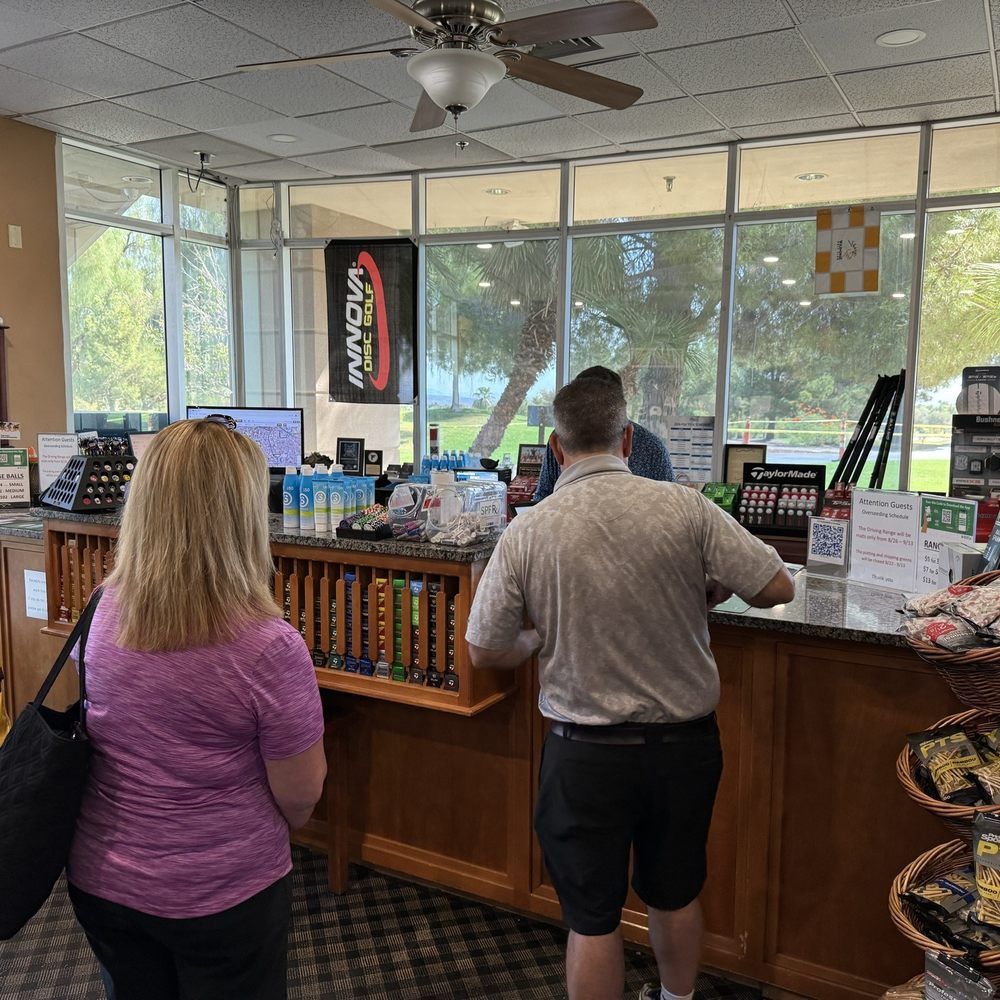
Busy pro shops show why streamlined golf course systems are essential for faster, smoother checkouts.
How Technology Enhances the Member Experience
At the heart of every thriving club is a strong member experience. Technology enhances that experience by removing friction, adding convenience, and making interactions feel personalized. From online tee time booking to mobile alerts for weather delays or pro shop promotions, every digital touchpoint adds value.
With integrated systems, clubs can tailor communications to individual member preferences, automate renewals, and provide instant access to calendars, event sign-ups, and more. This empowers members to manage their own experience while freeing up staff to focus on service, not logistics. Members feel more connected and in control, which increases loyalty.
Technology also helps clubs create a sense of community. Through member portals, mobile apps, and email campaigns, clubs can keep members informed and engaged with updates, social events, and exclusive offers. This regular contact reinforces the relationship between the club and the member, turning occasional golfers into active participants.
Streamlining Operations to Focus on Members
Operational efficiency directly impacts the member experience. When staff are overburdened with manual tasks, their ability to engage with members suffers. Technology streamlines these processes, allowing your team to focus on what really matters—building relationships and delivering a top-tier experience on and off the course.
Consider a scenario where tee times are managed manually by phone or email. Every booking, change, or cancellation becomes a time-consuming interaction. With automated systems, these actions are instant, consistent, and error-free. Staff no longer need to chase down information or fix mistakes—they can be out on the floor, welcoming guests.
Beyond tee times, automation supports everything from inventory management in the pro shop to point-of-sale transactions and lesson scheduling. By integrating these functions into a unified system, clubs reduce bottlenecks, improve communication, and ensure that every part of the operation supports member satisfaction and club growth.
The Role of Data in Driving Growth
Data is the new advantage in club management. With the right tools, clubs can track member behavior, tee time patterns, seasonal trends, and revenue performance in real-time. This allows leadership to make informed decisions about pricing, staffing, event planning, and more—all of which contribute to a better member experience.
For example, understanding when members prefer to play helps in optimizing tee sheet availability and staffing during peak times. Identifying lapsed members can trigger automated re-engagement campaigns. Tracking retail performance in the pro shop enables smarter inventory decisions. All of this adds up to a more responsive, profitable operation.
Data also enables clubs to segment members and deliver targeted communications. Newer members might receive onboarding content, while long-time players might get loyalty rewards or exclusive event invites. Personalized engagement builds deeper relationships and reduces churn. Clubs that harness data position themselves for sustainable growth.
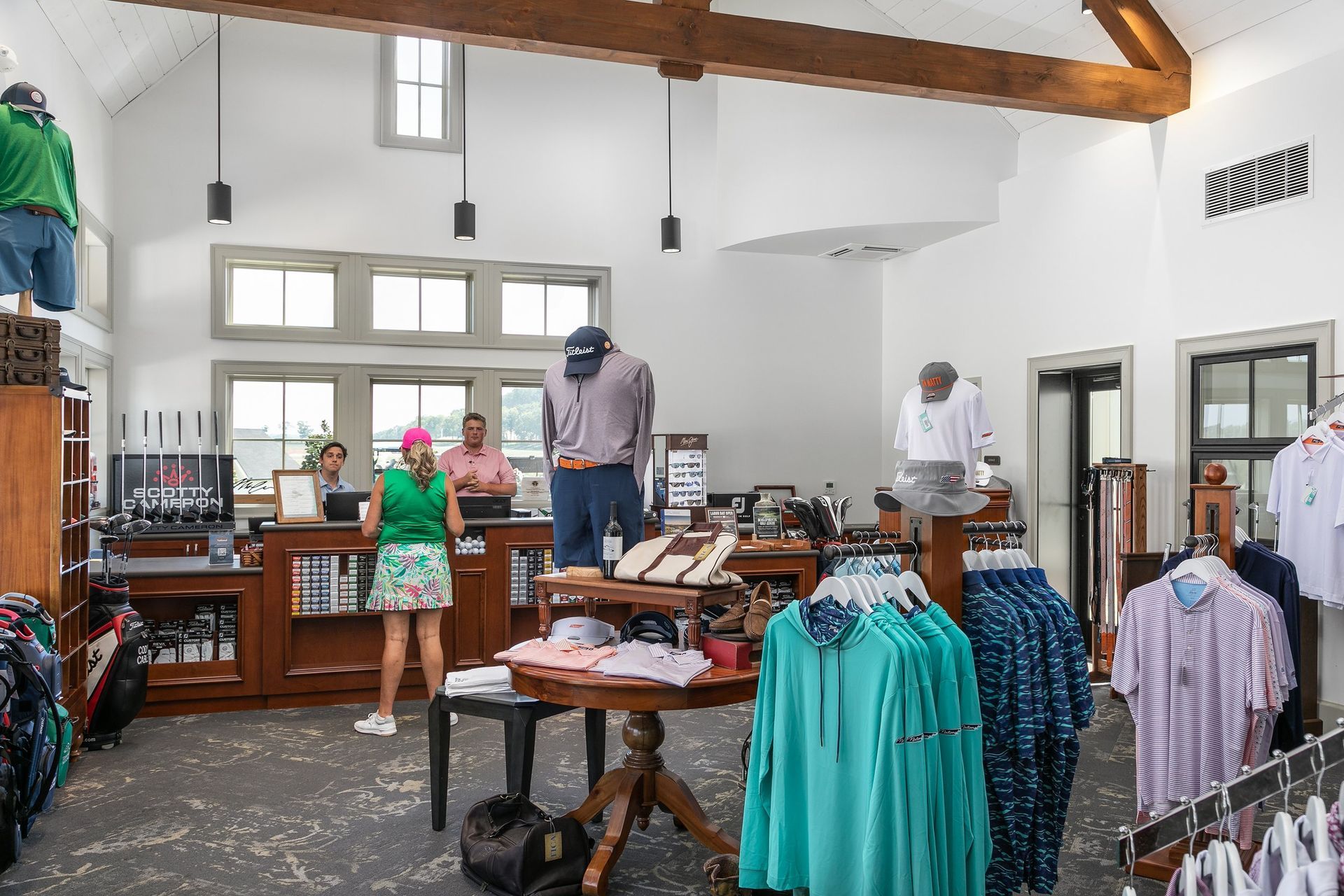
Tennessee National’s pro shop highlights how smart systems support smooth daily operations.
Marketing Automation and Personalized Engagement
Marketing is no longer about broadcasting general messages—it's about delivering the right message to the right person at the right time. Technology makes this possible. With automation tools, clubs can engage prospects, onboard new members, and retain existing ones with timely, relevant communication.
Automated welcome emails, birthday greetings, lesson reminders, and event invites can all be scheduled and personalized. Instead of relying on staff to remember key dates or details, technology handles it seamlessly. This ensures that no opportunity to engage a member or prospect is missed.
Personalized marketing drives member satisfaction and retention. When golfers receive messages that reflect their interests and behavior—like an email about early morning tee times or short game clinics—they feel seen and valued. Over time, this personalization creates a stronger emotional connection to the club, which boosts long-term loyalty and referrals.
Retaining Members Through Consistent Service
Acquiring new members is only half the battle—retaining them is where true growth happens. Consistent, high-quality service is the foundation of retention, and technology helps maintain that consistency at scale. By automating processes and tracking member interactions, clubs ensure nothing falls through the cracks.
With member profiles stored digitally, staff can greet members by name, recall past interactions, and recommend services based on usage. This level of attention makes members feel known and appreciated, increasing their likelihood of staying with the club. Technology enhances human service rather than replacing it.
Moreover, feedback systems can be built into member portals or post-visit surveys, providing valuable insight into what’s working and what needs improvement. Acting on this feedback not only solves problems—it demonstrates that the club listens and cares, which builds trust and strengthens member relationships.
Case Studies: Clubs That Grew Through Tech
Real-world examples highlight just how powerful technology can be in driving member growth. Consider a mid-sized club that implemented an integrated tee time and communication system. Within six months, they reduced scheduling conflicts by 90% and saw a 15% increase in lesson bookings. Members cited the convenience as a major improvement.
Another club used automated email marketing to re-engage lapsed members. By segmenting their audience and delivering timely promotions, they were able to bring back over 20% of inactive members within one season. This campaign wouldn’t have been feasible without automation and real-time data.
A third club adopted a full-service management platform that combined operations, scheduling, retail, and reporting into one system. With fewer errors, better insight, and faster onboarding, they improved the member experience dramatically—and membership grew by over 25% in just one year. These stories prove that tech adoption isn’t just smart—it’s transformative.
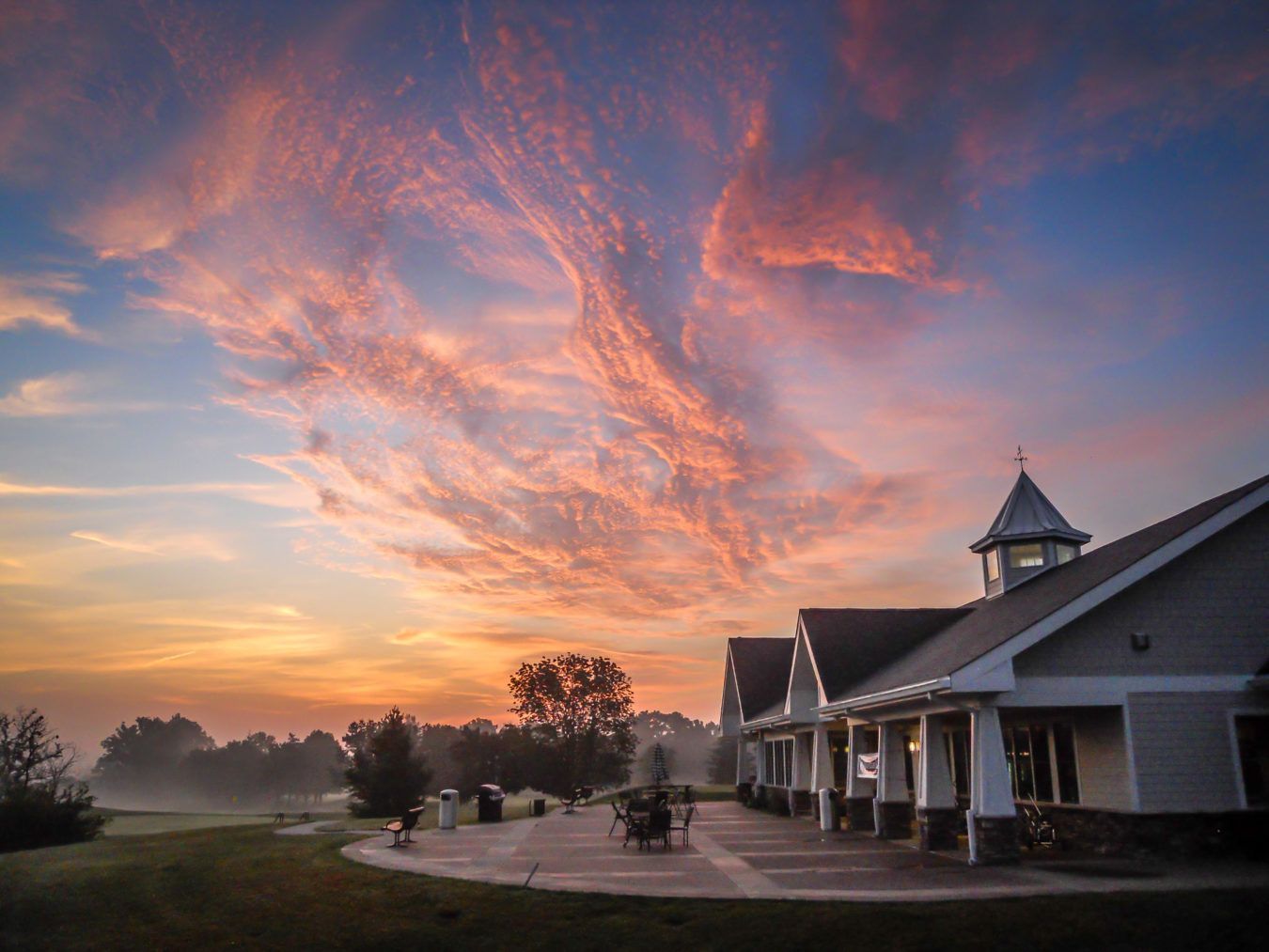
The clubhouse at Charlie Vettiner Golf Course welcomes golfers in the heart of Louisville, Kentucky.
Making the Transition: Steps to Smart Adoption
Transitioning to new technology may feel daunting, but with the right approach, it can be smooth and highly rewarding. Start by identifying the biggest pain points in your current operations—whether it's tee time management, communication, or billing—and look for tools that directly address those needs.
Involve staff early in the process to ensure buy-in and a smooth transition. Training and support are critical, so choose a vendor that offers onboarding assistance and long-term customer service. Set realistic goals and timelines, and measure success as you go to build momentum and confidence in the new system.
Remember, you don’t have to do everything at once. Many clubs begin by upgrading one function—such as booking or communication—and expand from there. The key is to start with systems that create immediate value for both members and staff, then build toward full integration. Step by step, your club becomes smarter, more efficient, and more appealing.
Future-Proofing Your Golf Club
Technology adoption isn’t just about solving today’s problems—it’s about preparing for tomorrow’s opportunities. Clubs that invest in scalable, flexible systems are better equipped to adapt to future trends, from mobile-first engagement to AI-powered personalization and advanced analytics.
The golf industry is evolving, and members expect clubs to keep up. Whether it's offering digital scorecards, personalized coaching plans, or real-time event updates, clubs need systems that can grow with them. Choosing platforms with open integrations and cloud-based infrastructure ensures you won’t be locked into outdated solutions.
By future-proofing your operations, you position your club as a forward-thinking, member-first organization. This not only attracts new members but also creates pride and loyalty among existing ones. It signals that your club values innovation—and that it’s here to lead, not follow.
Growth Starts With Smart Tools
Member growth doesn’t happen by chance—it’s the result of intentional decisions, consistent service, and meaningful engagement. Technology enables all of this by giving clubs the tools they need to deliver personalized experiences, streamline operations, and make data-driven decisions.
The link between tech adoption and member growth is clear: clubs that embrace digital solutions are more efficient, more connected, and more responsive to the needs of their community. They attract new members, retain current ones, and foster deeper loyalty across the board.
Fairway Control helps make this transformation possible. Designed specifically for golf clubs, our platform unifies booking, communication, reporting, and member engagement into one powerful system. Whether you're looking to grow your membership or enhance your club's daily operations, Fairway Control gives you the tools to succeed—today and into the future.
More from Fairway Control





